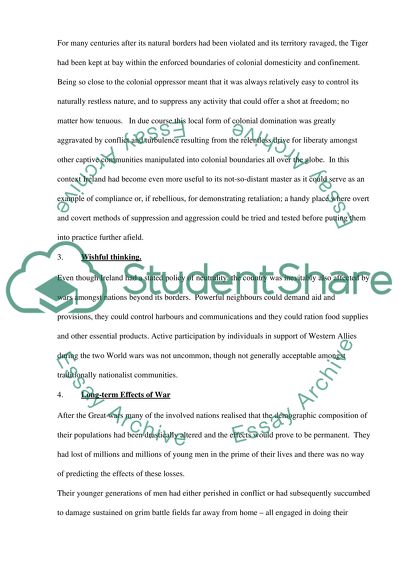Cite this document
(“Contemporary Irish Literature Essay Example | Topics and Well Written Essays - 4000 words”, n.d.)
Retrieved from https://studentshare.org/sociology/1510136-contemporary-irish-literature
Retrieved from https://studentshare.org/sociology/1510136-contemporary-irish-literature
(Contemporary Irish Literature Essay Example | Topics and Well Written Essays - 4000 Words)
https://studentshare.org/sociology/1510136-contemporary-irish-literature.
https://studentshare.org/sociology/1510136-contemporary-irish-literature.
“Contemporary Irish Literature Essay Example | Topics and Well Written Essays - 4000 Words”, n.d. https://studentshare.org/sociology/1510136-contemporary-irish-literature.


